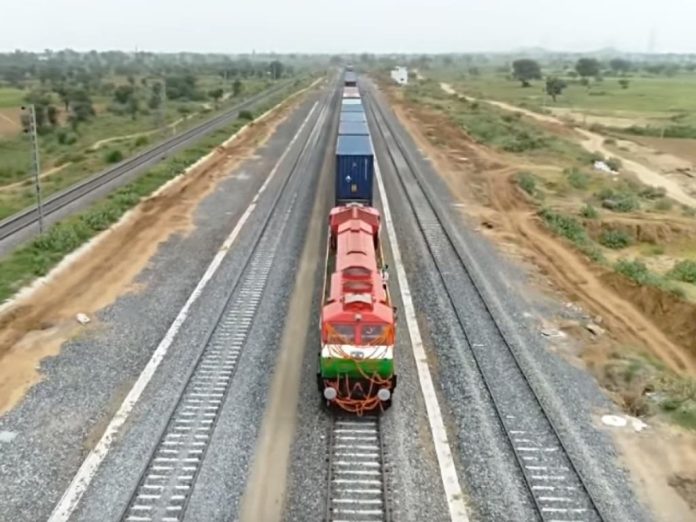Snapshot
DFCC said that there is 95 per cent of land available for bidding out any project to private players, and the first stretch can be bid out in the current financial year.
The government has decided to take up the development of the Sonnagar (Bihar) and New Andal (West Bengal) stretch of Eastern Dedicated Freight Corridor (EDFC) in the first phase rather than laying the rail corridor up to Dankuni.
Sources in the Dedicated Freight Corridor Corporation (DFCC) said they have about 95 per cent of land available with them for the 374 km stretch between Sonnagar and New Andal and hence it can be bid out quickly. For the remaining stretch, they have hardly 55 per cent land under their possession.
Since the beginning of the Dedicated Freight Corridor project, the government decided to implement these two stretches up to Dankuni on public private partnership (PPP) mode.
“There is availability of 95 per cent of land necessary for bidding out any project to private players. So, the first stretch can be bid out in the current financial year. The connectivity up to New Andal will also meet most of the requirements,” sources said.
Managing Director of DFCC R K Jain said the agency will develop the first stretch under a new PPP model, which will entail investment of around Rs 12,000 crore.
“We have taken the decision after holding a few rounds of interaction with the private players. They were apprehensive about the traffic and the revenue they would get during the concession period of 30 years. So we will go for the new model where the investor will have no risk of revenue and construction,” Jain added.
In the new model, the total contract period will be 35 years, which includes five years as construction period.
DFCC has proposed to put 25 per cent of the project cost during the construction period. The 95 per cent land will be provided during the first year of construction and the rest will be handed over the next year. “We will be responsible for utility shifting,” said Jain.
The private player will be responsible for design, finance (for 75 per cent of project cost), build, operation and maintenance for the contract period and then will transfer the project to the DFCC.
“We will run the trains and so the private player won’t have to be worried about the freight movement and revenue. The private player will quote the annuity or instalment for the maintenance and operation period for 30 years post construction. The payment of annuity will be linked to its performance and if the performance isn’t as per the contract norm, it will get less annuity. Since it will be responsible for operation and maintenance of all the infrastructure on this stretch, the quality of work would be better,” Jain said.
The section is expected to serve major power houses, industrial corridors and MMLPs (multi modal logistics parks) in Haryana, Punjab, Delhi and Uttar Pradesh. Increasing trends in finished steel consumption and production would drive growth of steel traffic on the route.
Over 40 participants from Indian and multi-national companies (MNCs), financial institutions, banks, consultancy firms participated in the stakeholders meeting held through video conferencing and in-person mode on 23 September.
The firms included multilateral financial organisations like IFC, financial organisations like National Investment and Infrastructure Fund, Edelweiss Asset Reconstruction Company, Indian companies like Tata Projects, Adani Group, L&T, GMR Group, GR Infra, Kalpataru Power Transmission, Megha Engineering and Infrastructures, MNCs like Siemens, ABB Power Products and Systems India, Alstom, Sojitz-India, KEC International.
Further, to attract more traffic and achieve targeted rail share of freight, DFCCIL plans to develop MMLPs, sidings and feeder routes for last mile connectivity along the section alignment.
Tremendous social benefit will accrue to the population in the catchment area who are engaged in agriculture with substantial population being small traders, artisans or those employed in industrial/commercial establishments. The implementation of the project will lead to new employment opportunities both during construction and post construction phases.


